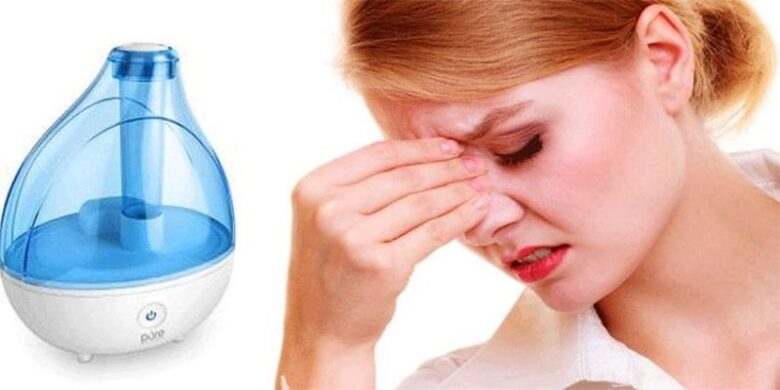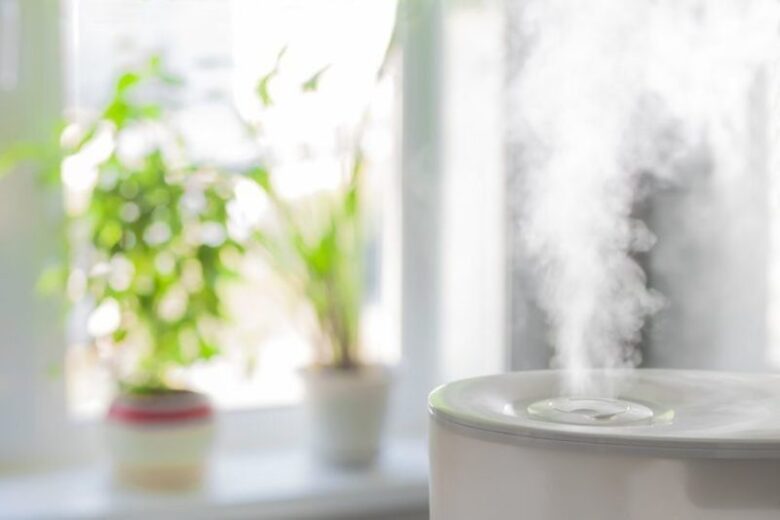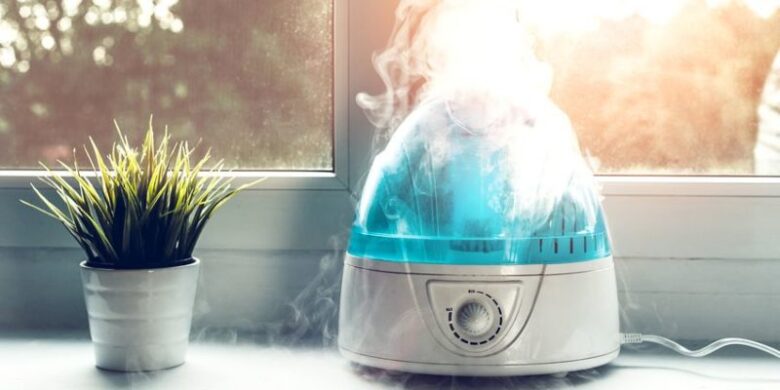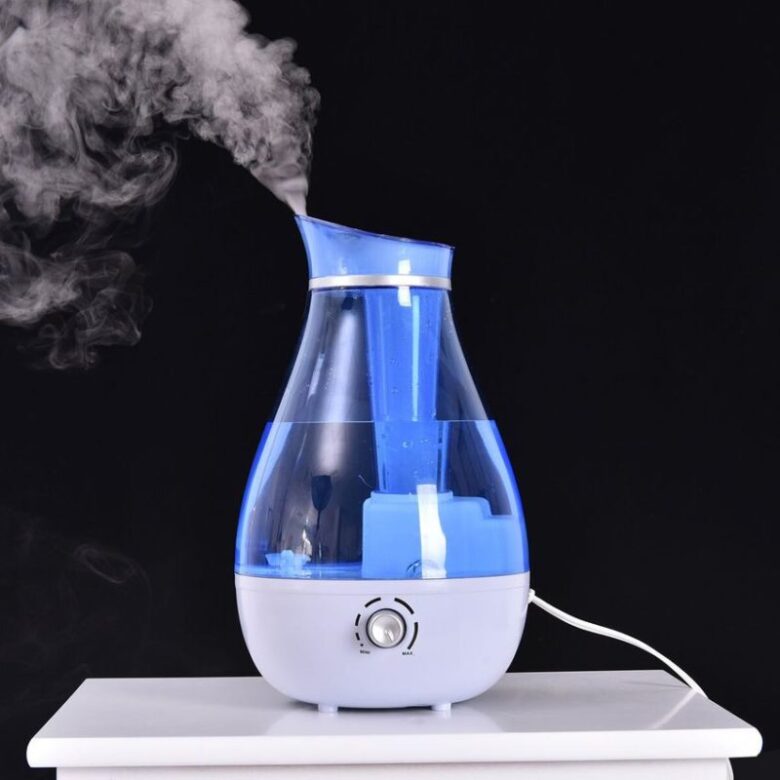In winter, even if you are in a nice warm building, there is one thing that makes you uncomfortable, which is low humidity. Along with a warm environment, people need an adequate amount of humidity to be comfortable and for this humidifiers are the best cure.
But do humidifiers really work? As there are many reports of allergic symptoms such as tight skin, irritating nasal passage and dry throat associated with using a humidifier. A humidifier is an electronic device that adds moisture in your surroundings and keeps the air clean, so you need to watch out the mistakes that you might be making in the use and care of the unit. Certain instructions need to be followed while maintaining and using a humidifier.

source:time.com
Otherwise, it can lead to allergic symptoms. There are five common mistakes which people make while using a humidifier.
Neglecting the Cleaning of Humidifier
While using a humidifier, you need to maintain and clean the unit effectively as you are breathing the air that is affected by the humidifier. If the tanks and filters of the humidifier are not cleaned, the unit can lead to growth and breeding of mold, certain bacteria, and mildew. These allergens when added to the air lead to infections and allergies. So, cleaning and maintenance of humidifier is of utmost significance.
Letting Water Stay in Your Unit

source:accuweather.com
Do not let water stay in your unit when the humidifier is not in use. As bacteria start breeding on the top of the standing water. So, make sure to clean the tank when the humidifier is not in use and when if you skip its usage for a day. Cleaning or wiping down the unit with hydrogen peroxide or bleach inhibits the growth of bacteria. Rinse and dry the unit afterward thoroughly to make sure that the harmful chemicals are not released in your indoor air through the humidifier.
Ignoring Humidity Levels in the House

source:time.com
People need an average amount of humidity in the air to work effectively. Dry air affects the performance and health of people. Similarly, too much moisture is also harmful to your health. In summer it is recommended to keep the humidity level below 60 percent and in the winter season, the ideal percentage is between 25 to 40.
Many humidifiers are available with a built-in humidistat for measuring the relative humidity. You can also use a separate humidity meter known as a hygrometer to measure and check the indoor humidity level accurately especially if you are using a humidifier to control symptoms of specific allergies than you need to check the humidity levels often and try to keep them relatively stable.
Using Tap Water in Humidifier
Tap water contains certain pathogens as well as minerals. If you use tap water in the humidifier, when the water evaporates, the minerals are left as a residue. These minerals deposit at the bottom of the tank and also on the walls which leads to contaminated air. This mineral deposit also promotes bacterial growth in the humidifier and eventually you will be breathing them as they are disbursed in the air.
To prevent this, you need to use purified and filtered water in the humidifier. In order to avoid allergies because of the mineral deposit, make sure that you never use tap water in the humidifier. Also, if you notice algae or bacterial growth in the unit, it’s recommended to use a special water treatment formula that will get you to get in control.
How a Humidifier Works

source:time.com
A humidifier is a simple device that increases the number of water vapors in your room or building. It consists of a container for the water and a vaporizer. A control system is installed in the humidifier that senses the amount of humidity in the air and turns the humidifier on or off. When the humidifier senses dryness in the air, it adds water vapors to the atmosphere when needed. In order to understand more about this technology, you need to be aware of the most popular types of humidifiers. You can check out reviews on humidifiers on Wereviews as well.
Steam Humidifier
Steam humidifier, also known as vaporizer boils water in the tank and releases steam into the air. A humidistat is installed in this type which sends a signal to the humidifier to release steam in the air when it senses that the humidity level is low. Steam humidifiers use the simplest humidifier technology which makes them less expensive. But you need to be very careful while installing these humidifiers in your house because the steam is very hot and it can even burn the person in contact.
Evaporative Humidifier

source:firebox.com
Evaporative humidifier utilizes a wick system, this system uses cloth, foam or paper wick which is used to draw water out of the reservoir inside. A fan in this system blows over the wick letting the air absorb moisture. When the humidity levels in the room are higher less water evaporates from the filter automatically. That is how this type of humidifier regulates itself. With the increase in humidity in the room the evaporation of water from the water decreases.
Ultrasonic Humidifier
The ultrasonic humidifier uses the high-frequency vibrations of sound to produce a very fine mist. The water droplets are converted to a mist by a metal diaphragm that is vibrating at the ultrasonic frequency. The humidifier then adds moisture in the air by expelling the mist. Ultrasonic humidifiers are silent or make a very little sound and the mist produced by them is cool, unlike the steam humidifier. This feature makes this humidifier safe to use and it makes the residents feel more relaxed.
Conclusion
A humidifier has enormous health as well as other benefits. It is the best way to add moisture to the air of your home, making you and your family much comfort and is cost efficient at the same time. Humidifiers also protect your things and save a little wear and tear by adding moisture in the air. You can make a difference in your world by installing one or more humidifiers in your house, especially when you are living in a dry environment.

